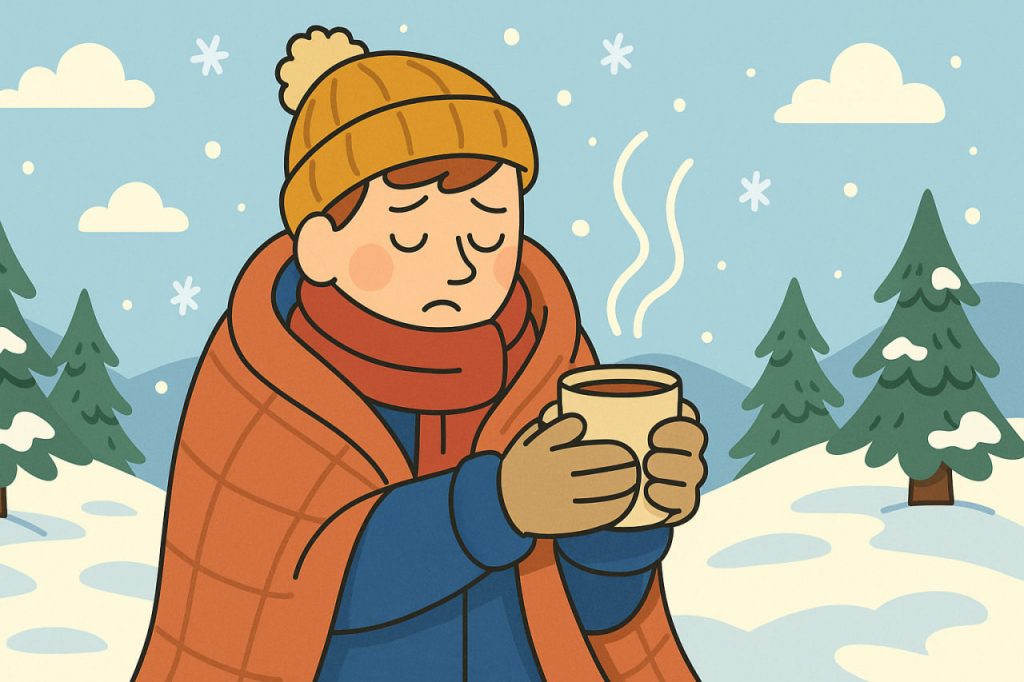When temperatures drop, keeping the body warm is vital for health and comfort. Prolonged exposure to cold can lead to hypothermia, frostbite, or weakened immunity. Understanding how to maintain warmth helps the body function properly in challenging weather conditions.
Dressing in Layers
One of the most effective methods of staying warm is layered clothing. The inner layer should wick away moisture, the middle layer should provide insulation, and the outer layer should protect against wind and water. Wool, fleece, and down are excellent insulating materials, while waterproof jackets add protection from the elements.
Staying Dry
Moisture greatly increases heat loss. Wet clothing, socks, or gloves can quickly chill the body. It is important to keep clothing and footwear dry, use waterproof covers when necessary, and change out of damp clothes as soon as possible. Dryness is as critical as insulation in keeping warm.
Moving the Body
Physical activity generates heat. Light exercises such as walking, stretching, or even gently swinging arms and legs can boost circulation and body temperature. However, overexertion should be avoided, since sweating can make clothing damp and reduce warmth.
Food and Warm Drinks
Consuming warm beverages and nutritious food provides energy for the body to generate heat. Hot soups, teas, and water are excellent choices. Alcohol, despite the temporary sensation of warmth, actually lowers core body temperature and should be avoided in cold environments.
Using External Heat Sources
External methods such as blankets, heating pads, hot water bottles, or sitting near a fire can provide quick warmth. In outdoor conditions, insulating materials like sleeping bags and mats reduce heat loss to the ground. For emergencies, emergency foil blankets (space blankets) reflect body heat efficiently.
Conclusion
Staying warm in the cold requires a combination of proper clothing, movement, nutrition, and, when possible, external heat sources. By managing these factors, people can stay safe and comfortable even in very cold environments. Awareness and preparation are the keys to preventing cold-related health risks.
Glossary
- Hypothermia – dangerous drop in body temperature.
- Frostbite – freezing of skin and tissues due to extreme cold.
- Insulation – material that reduces heat loss.
- Moisture-wicking – fabric property that pulls sweat away from the body.
- Circulation – movement of blood through the body.
- Space blanket – lightweight, heat-reflective emergency blanket.


